
Xiaodong Ma has found a unique way to blend industrial design with visual art, exploring how these fields influence his creative process. Since diving into visual art, Xiaodong has used his decade-long experience in industrial design to enhance his artistic expression. Currently serving as a Senior Industrial Designer at SRAM in Chicago, Xiaodong integrates engineering precision with artistic creativity. This balance enables him to tackle projects with a fresh perspective, merging functional design with expressive art.
INTERVIEWS
In this exclusive interview by Anastasija Pavic, Xiaodong discusses how his background in both disciplines shapes his work. His story underscores the value of versatility and innovation, showing how combining different creative disciplines can lead to groundbreaking results. Xiaodong’s work not only demonstrates his skill but also encourages others to explore the intersections of their own creative paths.
How do your experiences in industrial design and visual art intersect and influence each other in your creative process?
I started to delve deeper into visual art to express my insights and identity in 2018. This journey was significantly influenced by my over 10 years of experience in industrial design, which provided and inspired me with essential skills in material technology, visualization, and storytelling for my creative process. For instance, my first visual art piece, “Reformation: Shadow Evolution”, was inspired by the interplay of light and shadow (positive and negative space) on a paper prototype I created for an industrial design project. Industrial design and visual art both serve as tools and methodologies for me to reinterpret the familiar world and convey my feelings and perspectives. This blending of disciplines keeps evolving my understanding of the boundary between Art and Design, allowing me to approach each project with a unique and holistic perspective. Now, I really enjoy my hybrid role in these two disciplines. On one hand, as a Senior Industrial Designer at SRAM in Chicago, my professional work is centered around rational, engineering-oriented commercial design. On the other hand, my passion for visual art encourages me to explore personal and subjective expression in forms, textures, and colors.

What inspires you most when embarking on a new artistic project?
When embarking on a new artistic project, I’m inspired directly by the making process itself and the richness of everyday life. Capturing inspiration requires sensitivity, habitual observation, and a mindset that sees infinite possibilities in ordinary things. While many creators choose resources for themes, I believe visual art creation is spontaneous and unplanned. Themes emerge from the resources that attract me, like the textures of seashells, the shapes of stones on hiking trails, or the relationship between light and shadow. I document these everyday items intentionally, transforming them into the resources for my visual artworks. Personal experiences and communication also provide abundant creative ideas, carrying unique labels shaped by culture, values, identity, and more. For instance, ‘Re-formation: The Color, Texture of Music‘ showcases the rich color variations under blacklight by using fluorescent powder recalled from my childhood memory, and the speculative design project ‘Repairing Society‘ is inspired by Kintsugi, a repairing technique celebrating the history and aesthetic of old objects I learned from a Japanese classmate.
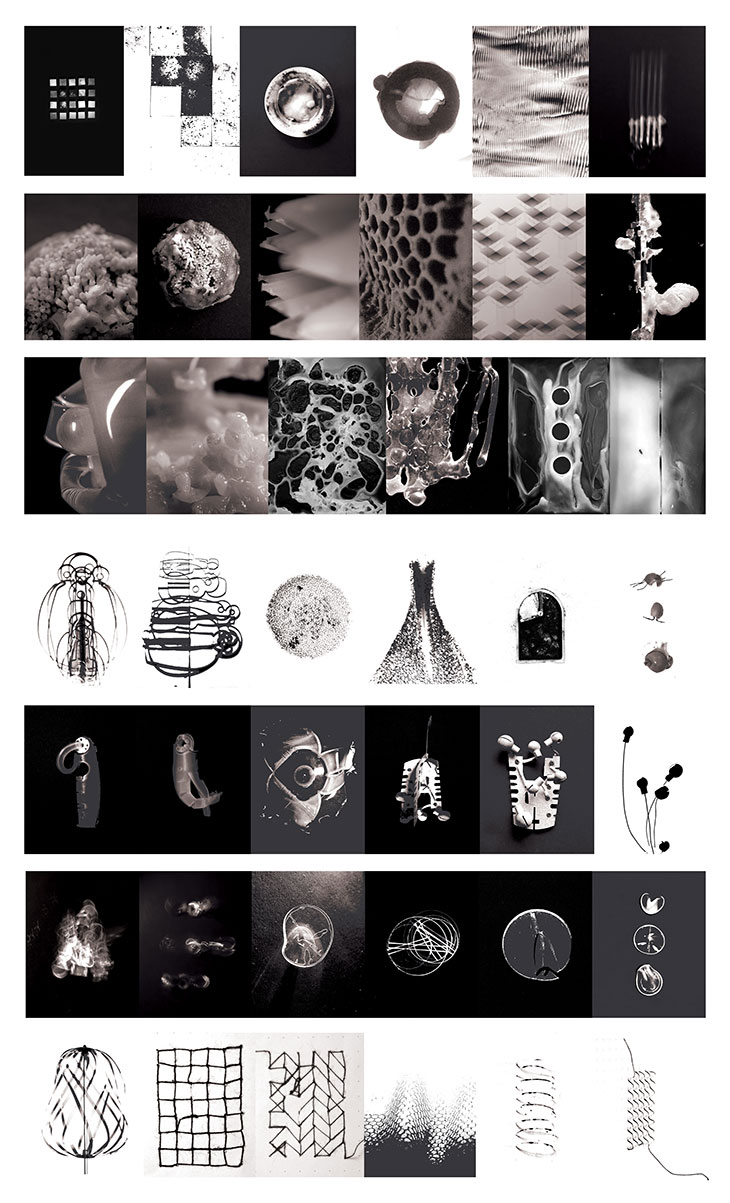
What inspired your “Copper Electrolysis Collection”? How do you translate scientific principles into wearable pieces in this collection?
The “Copper Electrolysis Collection” was inspired by my exploration of industrial copper waste and its potential for aesthetics and sustainability. Drawing from my background in industrial design, particularly my experience with electrolysis processes used in the surface finish of metal products, I envisioned applying electrolysis not just for surface plating but for transforming scrap copper into elegant jewelry pieces.
The idea stemmed from exploring how electrolysis could be utilized in metal forming. Over four months of experimentation, I was able to control variables like current, voltage, sulfate solution concentration, and electrode positioning to achieve diverse crystal/coral forms of copper. This process allowed me to create unique geometric shapes that highlight the aesthetic possibilities of industrial copper waste. Each piece in the ‘2e-’ collection is unique and represents a fusion of scientific principles and artistic vision. The making process of ‘2e-’ is not fully controlled but partially influenced by humans, not like other man-made mass manufacturing processes, so each piece of the Copper Electrolysis Collection remains the features of a natural object, unique and everchanging. Meanwhile, by translating the technical aspects of electrolysis into wearable art, I aimed to challenge traditional perceptions of recycled materials and encourage innovation in material-recycling processes.
‘I’m inspired directly by the making process itself and the richness of everyday life. Capturing inspiration requires sensitivity, habitual observation, and a mindset that sees infinite possibilities in ordinary things.‘
What strategies do you use to incorporate harmony and balance into your creations?
I incorporate harmony and balance into my visual art creations by using cohesive color palettes, elements repetition, and consistent styles to create a unified whole. But I would rather call them outcomes than strategies, they are the results of focusing on the theme and sticking to creation methodology, and process. For example, my ‘Re-formation’ series achieved visual harmony by using repetition and collage to document the process of the experimentation. ‘Re-formation: Image-Object-Image’ focuses on choosing everyday objects and unfamiliar them by recombining, ‘Re-formation: Shadow Evolution’ sticks on playing around the relationship of paper and shadow, monochrome positive and negative shape, and ‘Re-formation: The Color, Texture of Music’ centers around color variation and vibration. The space, contrast, and proportion of my visual artworks are not only about aesthetics but reflect how I make and how I think in the creative process.
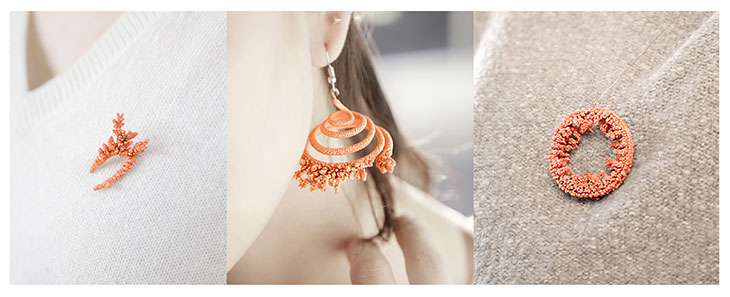
As someone who has worked internationally and exhibited your artworks globally, how do different cultural influences shape your creative approach?
Culture is part of our identity. I like to understand the commonalities and differences between cultures through communication. I was born and raised in China, so many of my works subtly reflect my values. For example, my piece “Stone Handwarmer,” which won a Silver Award at the 2023 Muse Design Awards, incorporates traditional Chinese (or more broadly East Asian) cultural understanding of the relationship between stones and Zen culture, where stones symbolize the quiet and peaceful essence of Zen. Through holding art exhibitions in different countries, I’ve had the opportunity to meet artists and curators from places like the United States, the United Kingdom, South Korea, Germany, and France. Different cultures influence my creations in various ways, such as their preferences for color schemes rooted in history, religion, and architecture, and even local cuisine and entertainment reflecting cultural values. Many cultural and art movements, though originating in a specific culture, have global impacts, like Impressionism, Art Deco, and Deconstructivism, which profoundly influenced my visual artworks. Additionally, during my three years in the MFA program at California College of the Arts, my classmates and team members from different countries, like the Japanese classmate who taught me the Kintsugi technique and Japan’s appreciation for the beauty of imperfection, deeply influenced my thesis project ‘Repairing Society: A Nostalgia Future’.
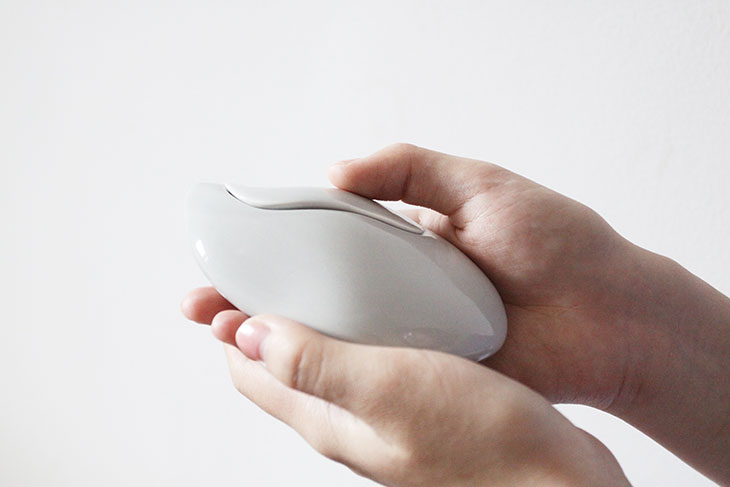
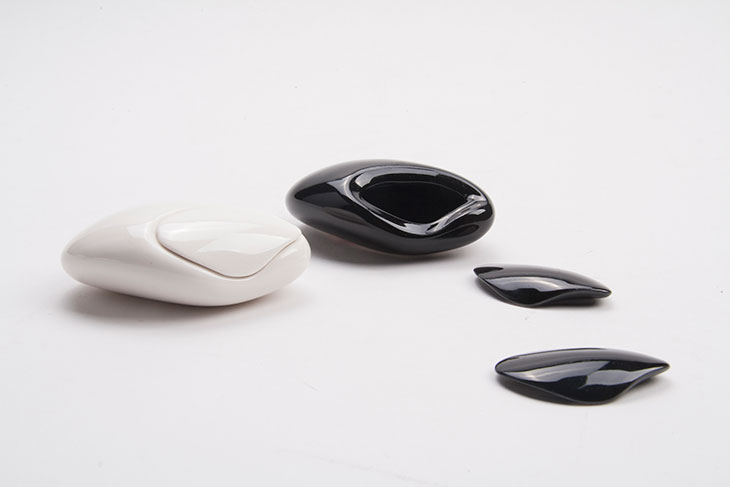
Your manifesto proposes a paradigm shift towards a ‘Repairing Society.’ How do you envision this shift impacting consumer behavior, product design, and environmental sustainability on a broader scale?
The concept of “Repairing Society” proposes a fundamental shift towards valuing repair and long-term bonds in our relationship with objects. Inspired by the philosophy of Kintsugi, which cherishes beauty and history in the repair of broken things. On a broader scale, this paradigm shift aims to impact consumer behavior by encouraging more thoughtful consumption habits. It challenges the throw-away mentality by promoting emotional connections with possessions and fostering a sense of stewardship over material goods. Consumers would be guided to choose products designed for durability and ease of repair, thus reducing waste and environmental impact.
From a product design perspective, embracing the principles of Repairing Society entails designing items that are repairable and built to last. Manufacturers and brands would need to integrate repairability into their design processes from the outset, shifting away from planned obsolescence towards sustainable production practices. Environmental sustainability stands to benefit significantly as well. By extending the lifespan of products through repair and reuse, fewer resources are consumed in manufacturing new items, and less waste ends up in landfills. This approach aligns with broader efforts to reduce carbon footprints and conserve natural resources. By encouraging a shift towards a ‘Repair, Not Replace’ mindset, I envision an alternative future where sustainability, emotional connection, and responsible consumption intersect to create a more resilient and harmonious society.

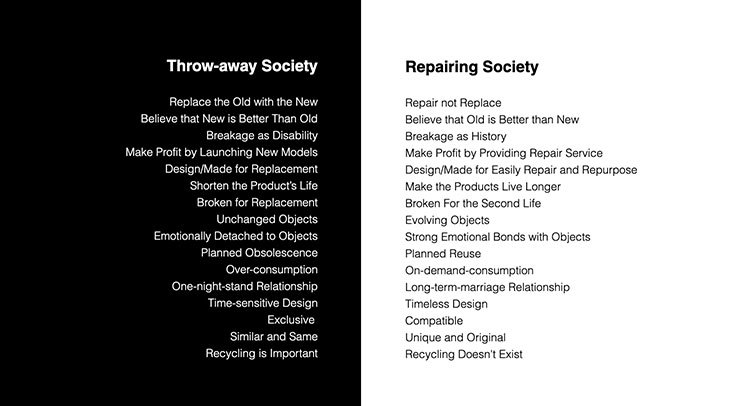
Can you share a significant moment or experience in your career that has had a meaningful impact on your artistic philosophy?
My artistic practice encompasses two main categories: Visual Art and Speculative Design. In Visual Art, I explore the manipulation of dimensions, which was impacted a lot by Deconstructionism, especially when I saw Picasso’s ‘Bull’, the piece created in 1945, where he gradually simplified the bull’s form into a minimalist representation that retains its essence in both two and three dimensions. Deconstructionism intrigues me because it challenges conventional forms and spaces, reshaping how we perceive familiar objects through reconstruction. My ‘Re-formation’ series resonates with the philosophy of Deconstructionism, our understanding and perception are evolving with reconstructing things.
Speculative Design, on the other hand, imagines potential futures by creating artifacts, scenarios, and narratives that provoke thought and reflection on current social, cultural, and technological trends. The book ‘Speculative Everything’, by Anthony Dunne and Fiona Raby, inspired me a lot in the Speculative Design approach of my MFA thesis project from 2018-2019, ‘Repairing Society: A Nostalgia Future,’ explores alternatives to our ‘throw-away’ culture, advocating for enduring bonds between users and objects through concepts like ‘Repair, not Replace via Repair, Graft, and Autotomy’.
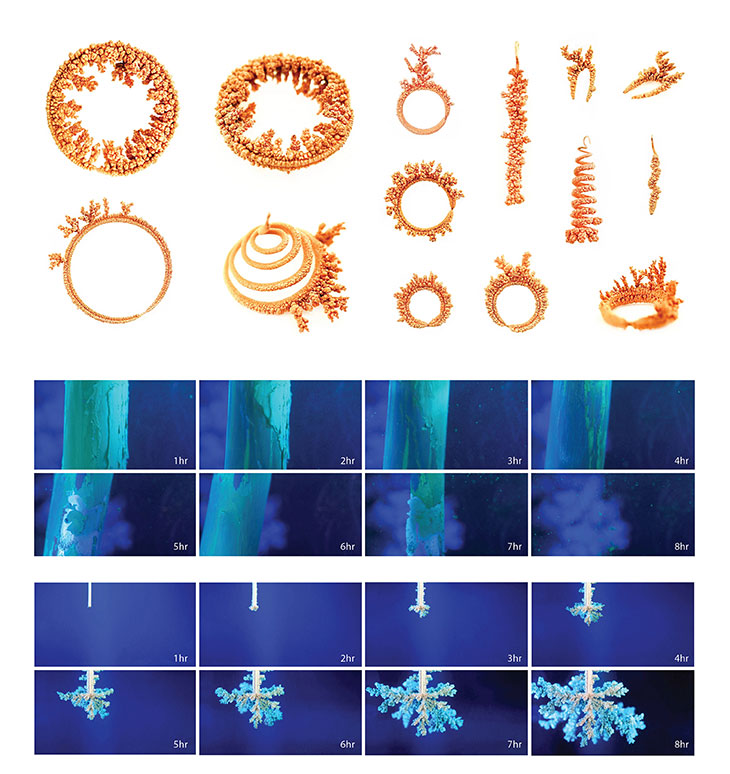
In your view, what are the challenges and opportunities for designers in promoting a culture of repair and repurposing?
Promoting a culture of repair and repurposing presents both challenges and opportunities for designers. On the one hand, the entrenched consumer mindset influenced by planned obsolescence poses a significant challenge. This philosophy ingrains the belief that new products are superior to old ones, perpetuating a cycle of disposability. Overcoming this mindset requires substantial consumer education and a shift in societal values toward sustainability.Moreover, many companies prioritize short-term profits, viewing extended product lifespans as potentially detrimental to their business models. Convincing these companies to adopt repair-friendly design practices necessitates demonstrating the long-term benefits of enhanced customer loyalty, reduced environmental impact, and enhanced brand reputation as environmentally responsible leaders.
However, amidst these challenges lie significant opportunities. Designers can collaborate with corporations, such as IKEA and Home Depot, to integrate repairing and repurposing services into their offerings, not only extending product lifecycles but also aligning with growing consumer demand for sustainable practices. Moreover, embedding repair and repurposing principles into early design stages through product development can foster a culture of innovation and environmental stewardship within design teams. While the road to widespread adoption of repair-focused design practices is challenging, the potential benefits in terms of environmental sustainability, consumer trust, and corporate responsibility present compelling reasons for designers to practice this cultural shift.

Looking ahead, what are some aspirations or goals you have for your artistic career?
Looking ahead, I aspire to continue exploring the intersection of Design and Art, blending cultural influences from around the world to create unique and thought-provoking works. I aim to participate in more international exhibitions and collaborations, fostering cross-cultural dialogues and expanding my creative horizons. Additionally, I hope to delve deeper into the sustainable Speculative Design project, using my work to highlight environmental issues, advocate for positive change, and encourage audiences to rethink their lifestyle in the modern world.
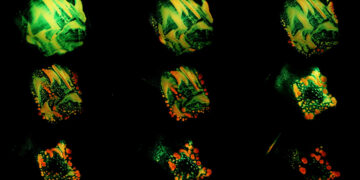












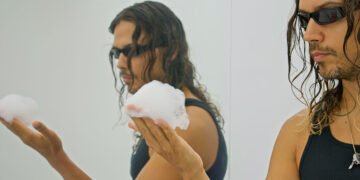

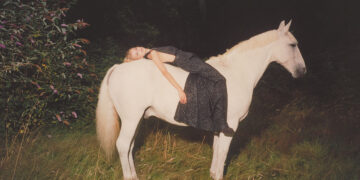



beautiful work! Love discovering new talent on DSCENE!
I absolutely love this design it is gorgeous very nice of you for spotlighting young designers